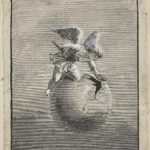Exhibition Intro ~ Map ~ Next Section
Click a thumbnail to enter the gallery. Use the arrows at either side of the image to skip forward or back.
Dalziel and Tenniel’s hookah-smoking-caterpillar is one of the most enduring images of Alice’s Adventures in Wonderland (see image no. 1 in the gallery above). It is also one of the most political. The hookah is a symbol that immediately identifies the caterpillar as an exoticised other. The caterpillar offers Alice a body-altering mushroom to eat: ‘one side will make you grow taller, and the other side will make you grow shorter’. Sheng-mei Ma speculates that this may be ‘the consciousness-altering Mexican hallucinogenic mushroom’, and that this fits with the caterpillar’s way of talking. In 1978, Edward Said’s Orientalism made ground-breaking intellectual discoveries about political, cultural and intellectual relations between the so-called West and East. Among them, he demonstrated that ‘European culture gained in strength and identity by setting itself off against the Orient as a sort of surrogate and even underground self’.
Could one say the caterpillar in Alice is a foreigner, of some sort? Of course not – this shows up the ridiculousness of the discourse. A caterpillar doesn’t have nationality, nor race. Victorian fantasies of the other incorporated fantasies of geography that often don’t have a meaningful relation to actual places. Orientalism became involved in a complex coded system of representation, and was also commonly drawn on for representing homoeroticism and women’s sexuality (see nos. 3, 5 and arguably 10).
The Dalziels worked from 1839 to 1893, the most extreme period of British imperialism. At such a moment in history, images made for mass readerships were fascinated with global subjects, and this shows in many works throughout the exhibition. Ideas about unfamiliar cultures were caught up in an excitement about travel and communication, as was imperialism itself. This is explored in images ten to fifteen. Images were often horrifically racist, an aspect of history we cannot ignore.
This section exhibits orientalist fantasies. It is worth noting that subjects for these could also be European; image two shows an orientalised Roman woman. The section also exhibits racist subjects. One of the most disturbing is image six. It is by Dalziel after W S Gilbert (from the Gilbert and Sullivan partnership), and it illustrated one of Gilbert’s theatre reviews, ‘The Christmas Entertainments’, in the magazine London Society (1869). The character is from a pantomime of Robinson Crusoe at Covent Garden, called ‘The King of the Cannibal Islands’. This image has been selected because there is something about the pictorial gesture that makes the figure appear to protest at his own representation. His shrugging, raised palms and dismayed expression seem to say: What, like this? You’re going to play me like this?
Bethan Stevens

![Dalziel after John Tenniel, illustration for ‘Advice from a Caterpillar’, in Lewis Carroll [Charles Lutwidge Dodgson], Alice’s Adventures in Wonderland](http://www.sussex.ac.uk/english/dalziel/wp-content/uploads/2016/07/IE1-20_p133-1.jpg-detail-2-1-150x150.jpg)
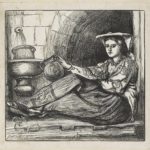
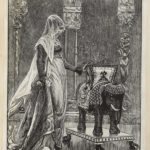
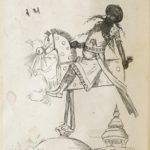
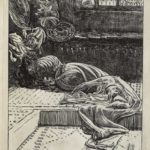
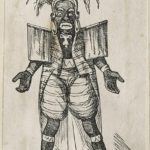
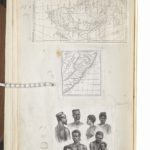
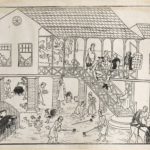
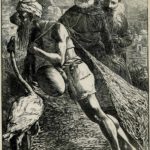
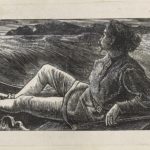
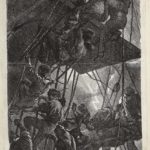
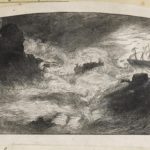
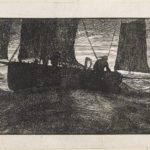
![Dalziel after John Tenniel, illustration for ‘Pig and Pepper’, Lewis Carroll [Charles Lutwidge Dodgson], Alice’s Adventures in Wonderland](http://www.sussex.ac.uk/english/dalziel/wp-content/uploads/2016/07/IE14-20_p133.jpg-detail-3-150x150.jpg)
